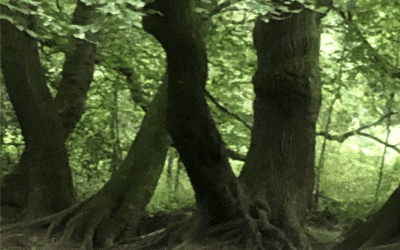A Tricky Situation
Have you ever been in a situation where you felt under threat—where you wanted to fight, flee, or freeze? I have.
I was once asked to step in as transformation manager for a major restructuring programme in a county council. Emotions were running high. Elected officials accused the transformation team of betrayal, trade unions were angry, and employees feared for their jobs.
At one all-staff briefing, the finance and social services directors were meant to address concerns. But things quickly went downhill. The finance director sounded angry and dismissive. The social services director stuck to a script and refused to answer questions. Then they asked me to speak.
By this stage I had been in Toastmasters for a couple of years and I had learned techniques here to stay calm under pressure. I focused on being transparent—sharing what I knew, what I didn’t, and when we might know more. I sensed the tension in the room ease. People later told me they appreciated my honesty and clarity.
At the time, I credited the public speaking skills I had learned in my club. In later years, through my doctoral research, I came to understand the deeper science behind what happened.
What’s Our State?
Our ability to respond well in tough situations depends on our psychological and physical state.
When we feel unsafe, our bodies enter fight or flight mode. Adrenaline surges, breathing quickens, and our thinking narrows. That’s what I saw in the finance director—ready to fight, but unable to build trust.
When escape feels impossible, we may freeze. Our systems slow down, and we disconnect. The social services director seemed stuck in this mode—saying little, avoiding engagement.
But when we feel safe and social, we can think clearly, speak calmly, and connect with others. That’s the state I was able to access, thanks to breathing techniques and focusing on the audience’s needs. I didn’t have all the answers, but I could explain the process and show empathy.
Why This Matters
Maslow’s hierarchy of needs reminds us that safety and connection are foundational. If we don’t feel safe or like we belong, it’s hard to be our best selves.
Less well-known is Maslow’s idea of self-transcendence—where we go beyond ourselves to positively impact others. In that meeting, my colleagues were stuck in survival mode. But because I had tools to regulate my state, I could rise above and help the room move forward.
Four Ways to Get to Safe and Social
1. Breathe
Slow, deep breathing signals safety to the body. It calms the nervous system and brings back our ability to think and connect. Before I spoke, I took deep breaths to steady myself.
2. Imagine
When we feel threatened, we jump to conclusions. Instead, pause and imagine: Who are these people? What are they afraid of? In my case, I focused on their need for clarity.
3. Reframe
We often approach situations with a fixed mindset. Reframing opens new possibilities. I couldn’t give all the answers, but I could explain the process for getting them.
4. Connect
Rather than seeing others as threats, connect with them. Show empathy. Share your own feelings. I acknowledged the frustration in the room and shared my own uncertainty, which helped build trust.
Getting There Takes Practice
These techniques don’t come naturally—they require practice. For me, it was through being active in my Toastmasters club and reflective journaling. Both helped me face fear, build skills, and respond more thoughtfully in the moment.
Whatever your path, I hope these tools—breathe, imagine, reframe, connect—help you stay grounded, become your best self, and make a positive impact in the world.











